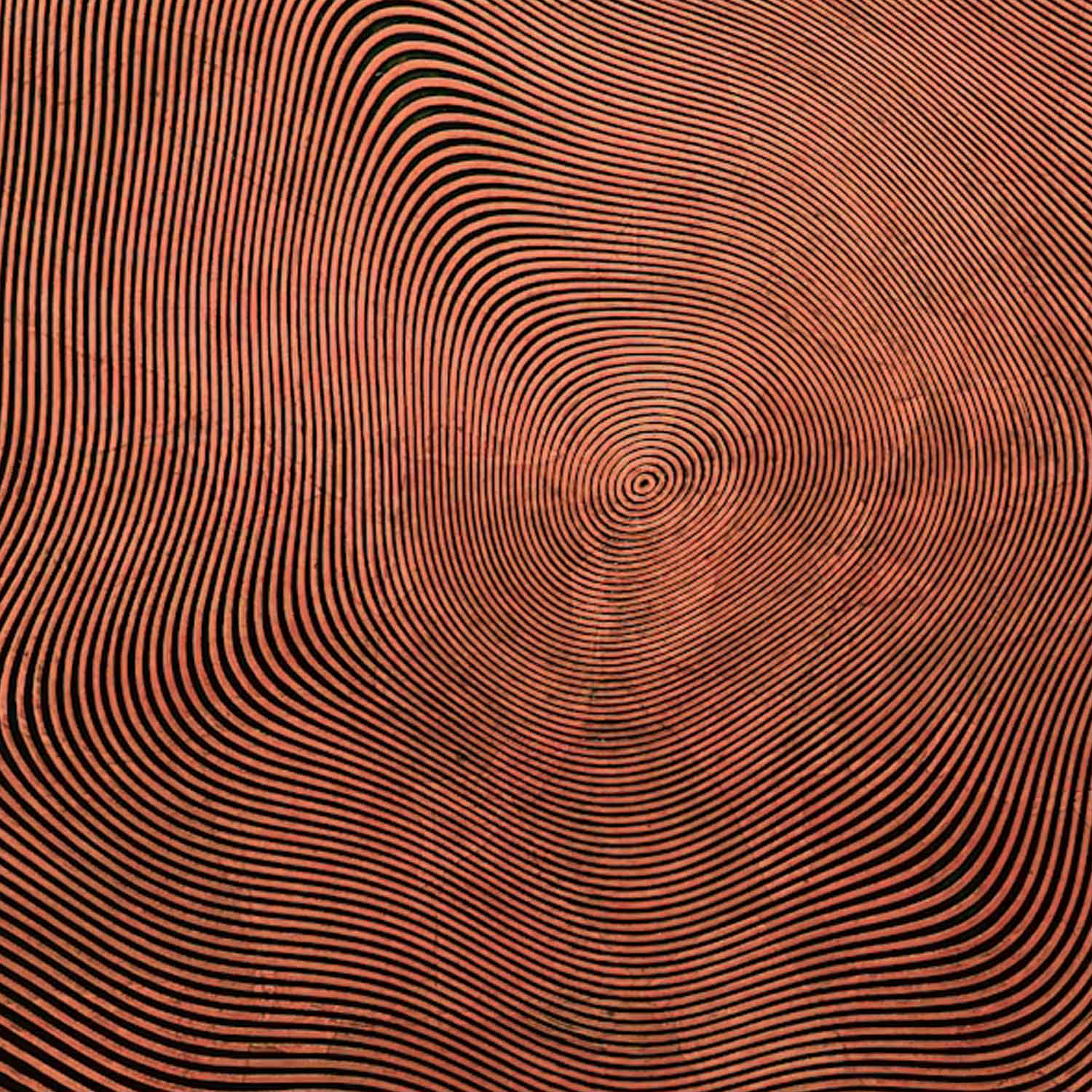
What is Schema Therapy?
Schema Therapy is an integrative form of psychotherapy that combines elements of cognitive-behavioral therapy (CBT), attachment theory, and psychodynamic approaches. It helps individuals identify and change deeply ingrained negative patterns or “schemas” formed in childhood that influence their thoughts, emotions, and behaviors in adulthood. Schema Therapy is particularly effective for individuals with personality disorders or chronic psychological difficulties.
What is the purpose of Schema Therapy?
The purpose of Schema Therapy is to help individuals understand and transform long-standing emotional patterns or schemas that lead to maladaptive behaviors and emotional distress. By identifying and challenging these core beliefs, individuals can develop healthier ways of thinking, feeling, and behaving, ultimately improving their mental health and relationships.
Key principles:
Focus on Early Life Experiences: Schema Therapy emphasizes the impact of early life experiences in shaping negative schemas, often rooted in unmet emotional needs or trauma.
Therapeutic Relationship: The therapist-client relationship is central in Schema Therapy, with the therapist providing both empathy and structure, often offering a corrective emotional experience.
Mode Work: Schema Therapy uses a concept called “modes,” which are different emotional states or coping mechanisms that clients may switch between. This helps in understanding and managing emotional extremes.
The Benefits of Schema Therapy
Effective for Personality Disorders: Schema Therapy has been shown to be especially effective for individuals with chronic issues such as personality disorders, relationship difficulties, and emotional regulation problems.
Long-Term Change: By addressing deep-seated patterns, Schema Therapy fosters lasting change, allowing individuals to build healthier ways of thinking and behaving.
Empowerment: Schema Therapy encourages individuals to become more self-aware, develop healthier coping mechanisms, and improve their relationships.

How does Schema Therapy help?
Transforming Negative Patterns: Schema Therapy helps individuals identify their maladaptive schemas and work through them to change their emotional responses and behaviors.
Improved Emotional Regulation: It teaches individuals how to manage intense emotions, avoid self-destructive behaviors, and build emotional resilience.
Enhanced Relationships: By understanding and changing deeply held beliefs about themselves and others, individuals can improve their interpersonal relationships and build healthier connections.
Ready To Book A Session?
Book online here or contact Joana for more information. You can always check the FAQ’s as there are many questions answered in that section



